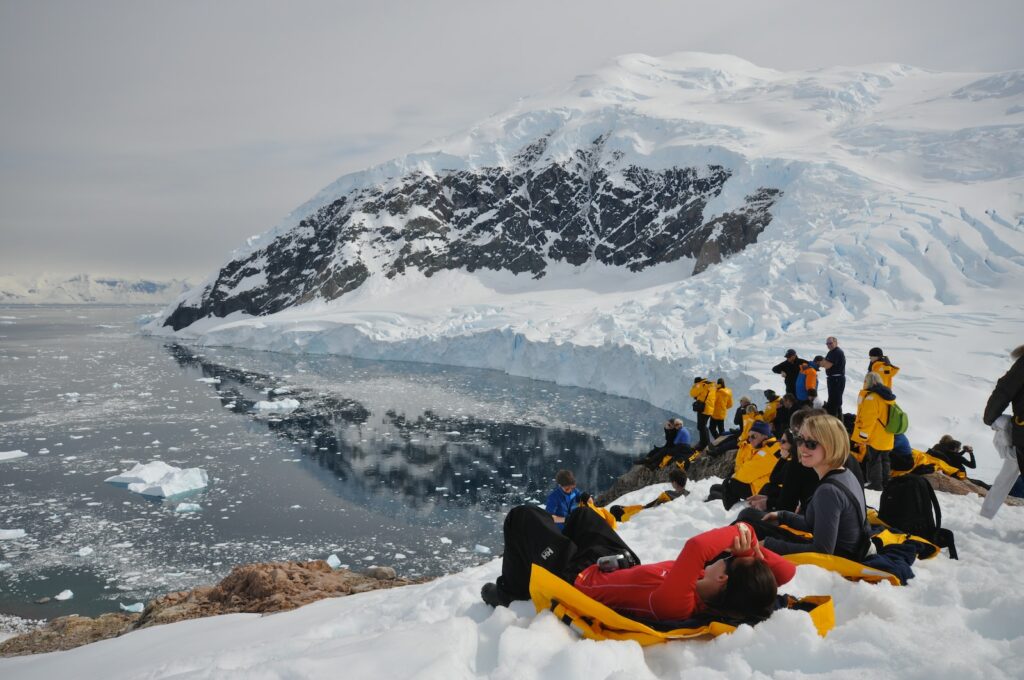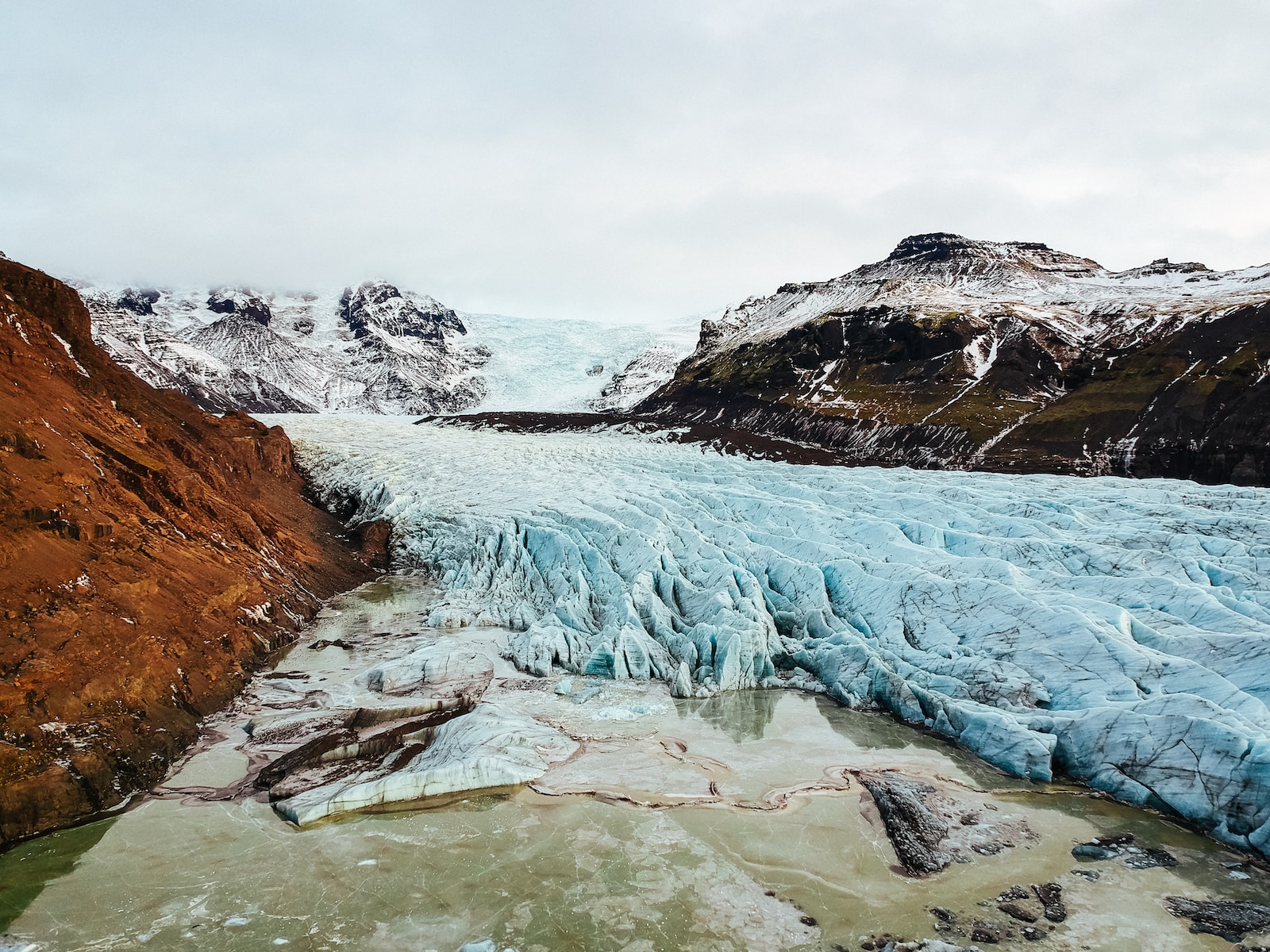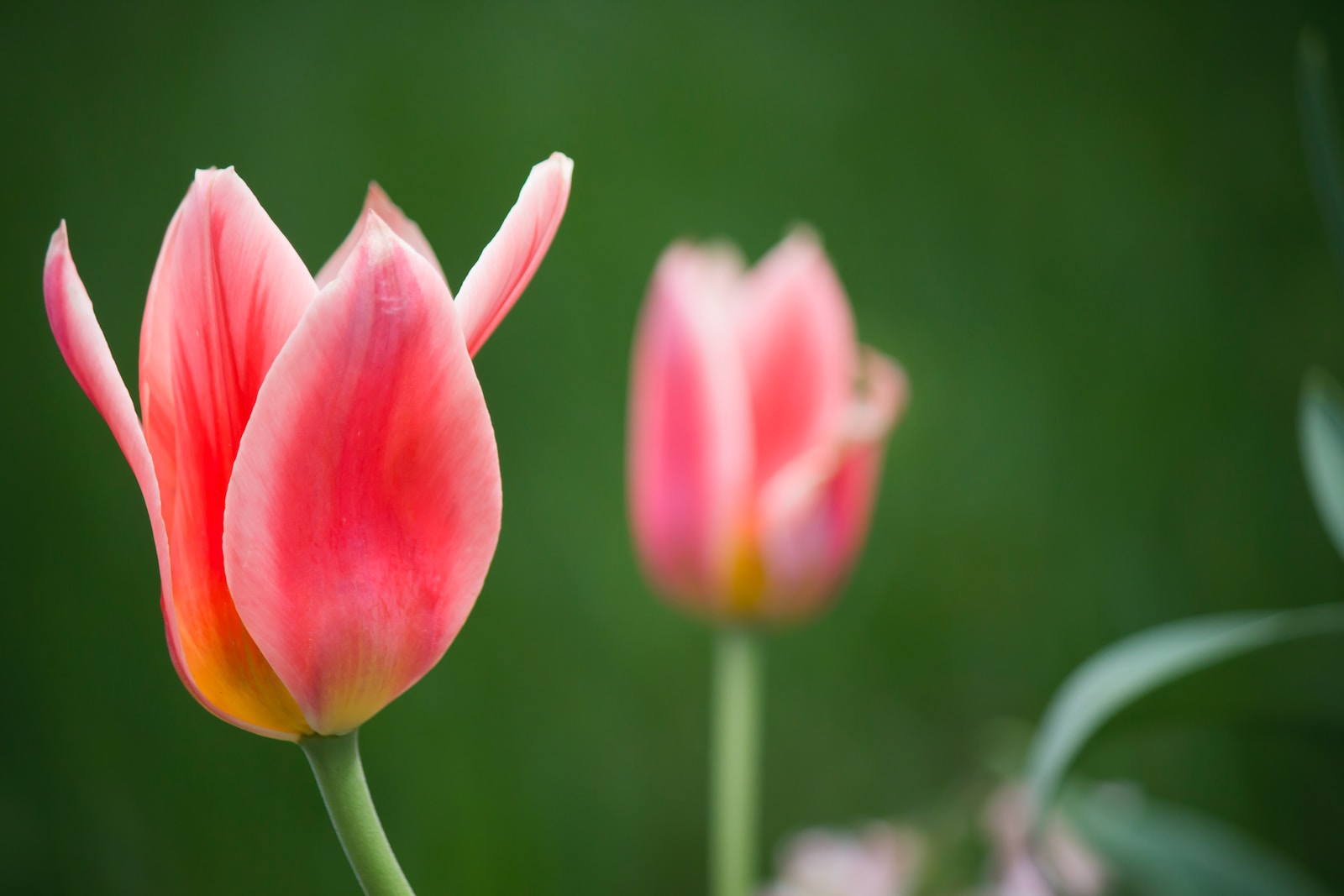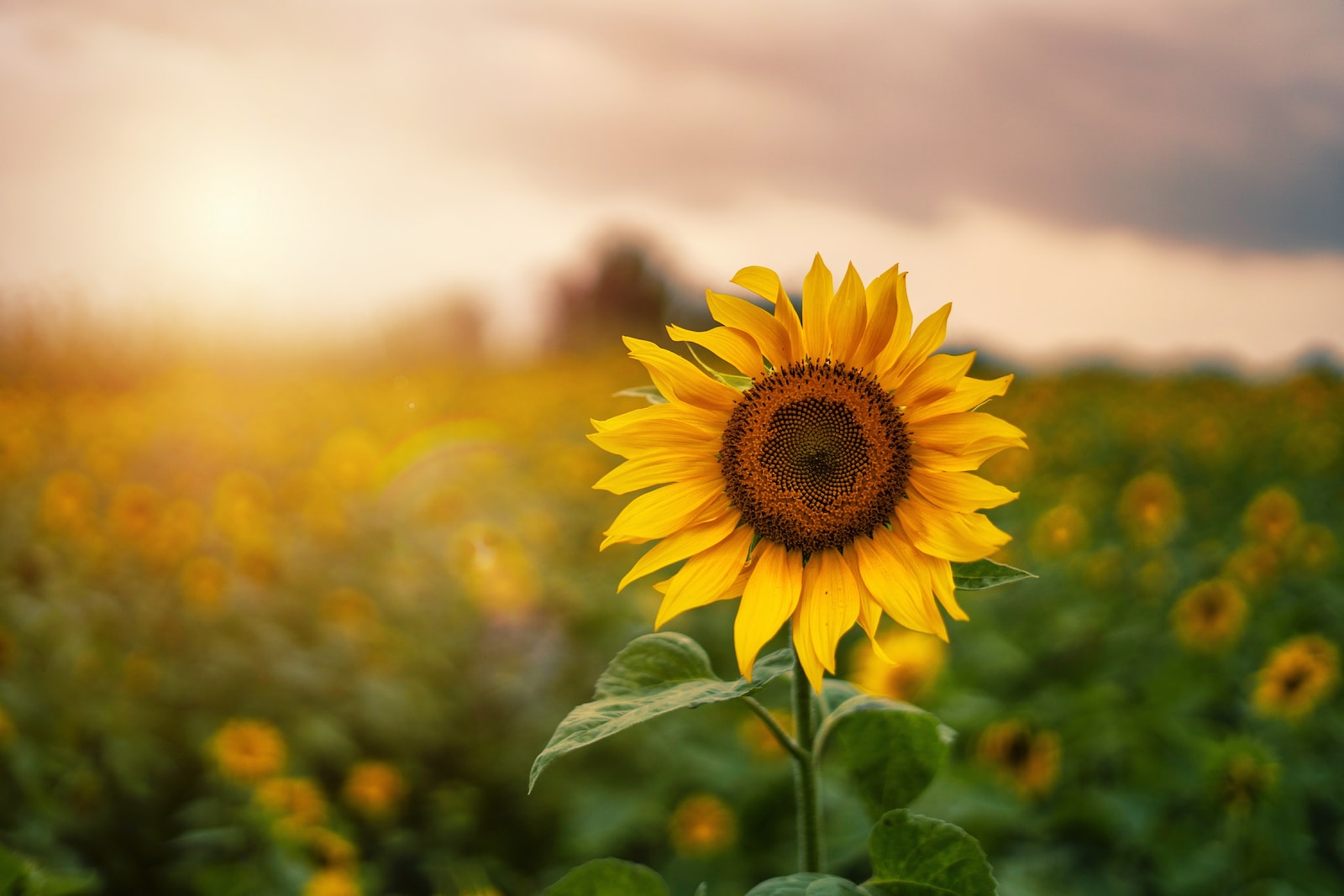Welcome to “Freezing the Moment: Glaciers Through a Camera Lens!” If you have ever marveled at the breathtaking beauty of glaciers and wanted to capture their magnificence through photography, then you have come to the right place. This blog is your ultimate guide to mastering the art of glacier photography. Whether you are a beginner or an experienced photographer, we will provide you with insightful tips, equipment recommendations, composition techniques, and recommended camera settings to help you capture stunning glacier photographs like never before.
Table of Contents
- Discover the Beauty of Glaciers Through Photography
- Mastering Glacier Photography: Essential Equipment for Capturing Frozen Beauty
- The Best Vantage Points for Capturing Glacial Landscapes
- Frequently Asked Questions
- 1. What is glacier photography?
- 2. What equipment is essential for glacier photography?
- 3. What are some recommended camera settings for glacier photography?
- 4. How can I compose stunning glacier photographs?
- 5. What safety precautions should I take when photographing glaciers?
- 6. What are some tips for photographing glaciers in cold weather?
- Wrap Up
Discover the Beauty of Glaciers Through Photography
Glaciers, with their majestic beauty and breathtaking formations, have long captivated the hearts of photographers. Freezing an ephemeral moment in time, glacier photography allows us to truly appreciate the magnificence of these natural wonders. With the right techniques and equipment, you can capture stunning images that showcase the grandeur and essence of glaciers. Here are some tips to help you embark on your own glacier photography journey:
1. Embrace the Spectacular Landscape
Glaciers are often nestled within awe-inspiring landscapes, surrounded by towering mountains, crystal-clear lakes, and lush vegetation. To create stunning glacier photographs, it’s essential to capture not only the glacier itself but also its surroundings. Consider using a wide-angle lens to encompass the vastness of the scenery, allowing viewers to immerse themselves in the stunning beauty of the glacier’s habitat.
When composing your shot, look for natural leading lines, such as meandering rivers or jagged cliffs, to guide the viewer’s eye towards the glacier. Pay attention to the rule of thirds, positioning the glacier off-center to create a more balanced and visually pleasing composition. Experiment with different angles and perspectives, like shooting from a low vantage point to emphasize the glacier’s towering presence.
2. Play with Light and Shadows
Glacier photography offers a unique opportunity to capture the interplay between light and ice. The glimmering reflection of sunlight on the icy surface, or the shadows cast by crevasses, can add depth and drama to your photographs. Timing is crucial when it comes to lighting; early morning or golden hour, when the sun is low in the sky, can create beautiful warm tones and long, dramatic shadows.
Additionally, consider experimenting with long exposures to capture the movement of flowing ice. By using a slow shutter speed, you can create mesmerizing images where rushing water appears silky and ethereal. Freeze the movement of small icy shards flying through the air by increasing your shutter speed, allowing you to capture the dynamic nature of glaciers in a single frame.
Remember to always be mindful of safety when photographing glaciers. Ice can be slippery and unpredictable, so be cautious when venturing close to the glacier’s edge.
Now that you have a foundation for capturing stunning glacier photographs, it’s essential to invest in the right equipment and settings to make your images truly shine. Stay tuned for our next blog post, where we’ll delve into the best cameras, lenses, and camera settings for glacier photography. Together, we’ll freeze breathtaking moments and unlock the beauty of glaciers through the lens.
Did you know that glaciers are formed from fallen snow that has accumulated over hundreds of years? The weight of the snow causes it to compress and turn into ice, resulting in the formation of magnificent glaciers.
Mastering Glacier Photography: Essential Equipment for Capturing Frozen Beauty
When it comes to freezing the moment and capturing the majesty of glaciers through your camera lens, having the right equipment is crucial. In this section, we’ll explore the best cameras, lenses, and other essential gear that will help you create stunning glacier photographs that truly capture their icy allure.
The Camera: A Powerful Tool for Capturing Glacial Beauty
The first step to great glacier photography is having a reliable camera that can handle the unique challenges posed by cold weather. While there are many options available, two popular and trusted camera types are:
Mirrorless Cameras: These cameras are lightweight, making them ideal for exploring icy terrains. They boast excellent image quality, powerful sensors, and advanced autofocus systems, allowing you to capture intricate details with precision. With their electronic viewfinders, you can even visualize exposure and white balance adjustments in real-time, giving you greater control over your shots.
DSLR Cameras: Loved by professional photographers, DSLRs offer exceptional image quality and versatility. Their robust build and weather-sealing make them suitable for cold-weather adventures. DSLRs also offer a wide range of lens options and external controls, providing you with greater creative freedom and flexibility.
Lenses: Choosing the Perfect Glass
When it comes to glacier photography, the right lens can make all the difference. Here are two lens options that can help you capture the beauty of these icy giants:
Wide-angle lenses: These lenses are ideal for capturing the expansive nature of glaciers and the breathtaking landscapes surrounding them. They allow you to emphasize the size and scale of the glaciers, creating awe-inspiring images. Additionally, wide-angle lenses can accentuate the textures, patterns, and leading lines found in the icy formations, adding depth and interest to your compositions.
Telephoto lenses: Telephoto lenses, on the other hand, enable you to zoom in and capture the intricate details of glaciers from a distance. These lenses are excellent for isolating specific features like crevasses, seracs, and ice formations. They also help compress the perspective, allowing you to create striking compositions that emphasize the grandeur of glaciers against the landscape.
In addition to the camera and lens, here are a few other essential items to consider when preparing for your glacier photography expedition:
- Tripod: A sturdy tripod is essential for shooting sharp, long-exposure images and for stabilizing your camera in challenging conditions.
- Polarizing Filters: These filters minimize glare and enhance color saturation, bringing out the vivid blues and whites of glaciers.
- Remote Shutter Release: Using a remote shutter release eliminates camera shake and allows you to take consistent and sharp images.
- Batteries and Extra Memory Cards: Cold temperatures drain camera batteries faster, so be sure to carry extras. Likewise, having spare memory cards ensures you never miss a shot.
- Camera Bag: Invest in a reliable camera bag that is weatherproof and easily accessible, ensuring your equipment stays protected from the elements.
By equipping yourself with a capable camera, the right lenses, and other essential gear, you’ll be well-prepared to embark on your glacier photography journey. In the following sections, we’ll delve into the art of composing and capturing breathtaking glacier images, as well as explore the optimal camera settings for freezing the moment in all its frozen glory.

The Best Vantage Points for Capturing Glacial Landscapes
Freezing the Moment: Glaciers Through a Camera Lens is here to guide you on how to freeze the magnificent beauty of glaciers in stunning photographs. In this section, we will delve into the best time of year to capture these icy wonders and provide insights on the ideal vantage points and positions to achieve the most memorable shots.
Timing is Key
Glaciers can be a mesmerizing subject, but capturing their true essence requires careful consideration of the time of year. While glaciers are captivating year-round, certain seasons offer unique opportunities for breathtaking shots.
- Winter Wonderland: Embrace the magic of cold-weather photography by visiting glaciers during the winter months. The crisp air and pristine white surroundings create a surreal atmosphere, perfect for capturing the raw beauty of glaciers. The ice formations are often more dramatic, with frozen waterfalls and stunning blue hues. This time of year offers a truly unique chance to freeze the moment in time.
- Spring Awakening: As winter melts away, the glaciers go through a stunning transformation. Spring brings a sense of renewal and vitality not only to the surrounding flora but also to the glaciers themselves. Capture the contrast between the remaining snow and the emerging greenery for a captivating composition. This season offers a perfect balance between serene frozen landscapes and signs of life.
- Summer Wonder: The long summer days provide ample opportunity to photograph glaciers in all their grandeur. The sparkling sunlight bouncing off the ice creates a surreal and ethereal effect. The vibrant colors of the surrounding landscapes, such as wildflowers and flowing rivers, provide an excellent contrast against the frozen backdrop. The warmer weather also allows for comfortable exploration and adventure.
- Fall Dreams: As autumn rolls in, the glaciers undergo yet another transformation. The golden hues of the changing leaves set against the icy blue of the glaciers create a magical color palette. It is a season of vibrant contrast and a bittersweet reminder of the changing seasons.
Choosing the Perfect Vantage Point and Position
Once you have determined the best time to photograph glaciers, it’s important to consider the vantage point and your position as a photographer. Here are some options and the benefits they offer:
- Aerial Perspective: Take to the skies and capture the grandeur of glaciers from above. A helicopter or small plane tour allows you to capture vast expanses of ice, revealing unique shapes and intricate patterns that can only be truly appreciated from the air. This perspective offers a true sense of scale and highlights the awe-inspiring size of glaciers.
- Ground Level Adventure: Embark on a hiking or trekking adventure to reach the front lines of glaciers. Explore the crevasses, ice caves, and frozen landscapes up close to capture the magnificence and details of these icy wonders. This intimate perspective allows for unique compositions that can showcase the texture and intricacy of the ice.
- Water Reflections: Position yourself near glacial lakes or rivers to capture breathtaking reflections. As the glaciers melt, they release water that creates stunning mirror-like surfaces, amplifying the beauty and creating a sense of tranquility. Use a wide-angle lens to capture both the glacier and its reflection, resulting in a dynamic and captivating composition.
- Foreground Interest: Incorporate foreground elements such as rocks, vegetation, or wildlife to add depth and intrigue to your glacier photographs. Experiment with different angles and perspectives to create a compelling composition that tells a story of the coexistence between these icy giants and their surroundings.
Remember, the best vantage point and position ultimately depend on your artistic interpretation and the story you want to convey through your photographs. Explore different options, experiment with various compositions, and let your creativity freeze the moment in time.
One helpful photography tip for capturing glaciers is to use a tripod. In cold weather, it may be difficult to hold your camera steady due to shaking hands. A tripod allows you to stabilize your camera, resulting in sharper and more professional-looking images of the majestic glaciers.
Frequently Asked Questions
1. What is glacier photography?
Glacier photography is the art of capturing the beauty and magnificence of glaciers through a camera lens. It involves capturing images of these massive icy formations, showcasing their stunning textures, colors, and shapes.
2. What equipment is essential for glacier photography?
To capture stunning images of glaciers, you will need the following essential equipment:
- A sturdy DSLR camera with manual controls
- A wide-angle lens to capture the vastness of the glaciers
- A sturdy tripod to keep your camera stable
- Polarizing filters to reduce glare and enhance colors
- Extra batteries and memory cards
3. What are some recommended camera settings for glacier photography?
When photographing glaciers, consider the following camera settings:
- Shoot in RAW format for greater flexibility in post-processing
- Use a low ISO (around 100-200) for optimal image quality
- Set your aperture to a higher f-stop (around f/8 to f/11) for a larger depth of field
- Experiment with different shutter speeds to capture motion in the ice
4. How can I compose stunning glacier photographs?
To compose captivating glacier photographs:
- Include foreground elements to add depth and perspective
- Use leading lines to guide the viewer’s eye into the frame
- Experiment with different angles and perspectives
- Find unique patterns and textures in the ice to highlight
5. What safety precautions should I take when photographing glaciers?
When photographing glaciers, prioritize safety by:
- Staying a safe distance from the glacier’s edge
- Being aware of crevasses and other hazards
- Dressing warmly and wearing appropriate footwear
- Carrying essential survival gear, such as a map, compass, and emergency supplies
6. What are some tips for photographing glaciers in cold weather?
To capture great glacier photos in freezing conditions:
- Dress in layers and protect your camera gear from extreme cold
- Keep spare batteries warm by storing them close to your body
- Use hand warmers to keep your hands and camera functioning properly
- Consider using a lens hood to shield your lens from snowflakes
Wrap Up
In conclusion, capturing the breathtaking beauty of glaciers through photography can be a rewarding experience. By following the tips and techniques mentioned above, you can freeze these moments in time and create stunning photographs that truly showcase the magnificence of these icy giants.
Remember to invest in the right equipment, pay attention to composition, and experiment with different camera settings to achieve desired results. Don’t hesitate to wake up early or brave the cold weather to capture the perfect shot.
If you’ve tried any of these techniques, we’d love to hear about your experiences in the comments below. Share your glacier photography adventures, exchange tips, and inspire others to embark on their own freezing journeys. Happy shooting!


